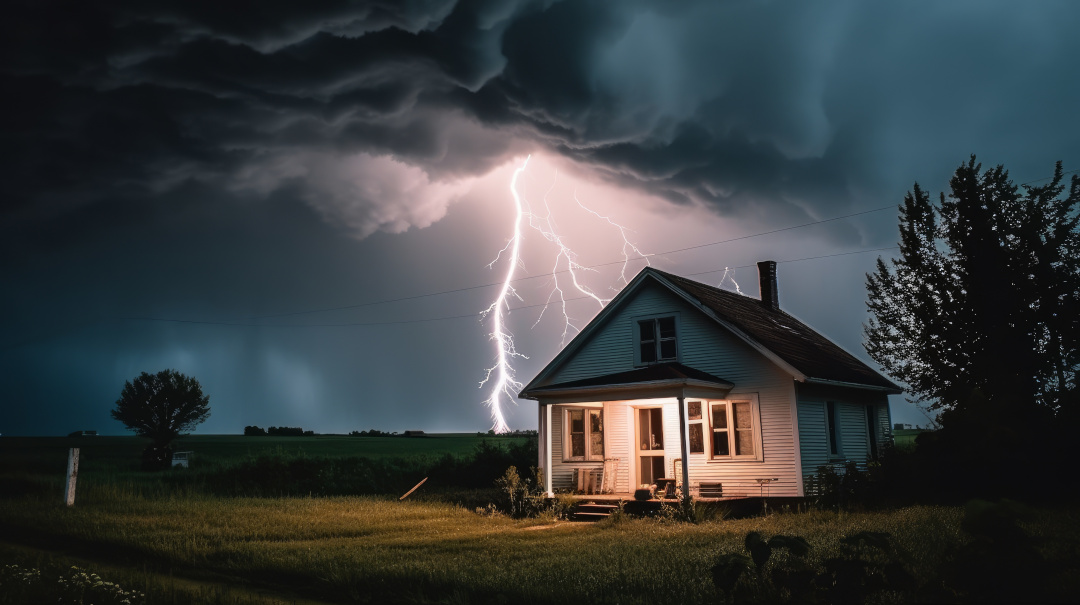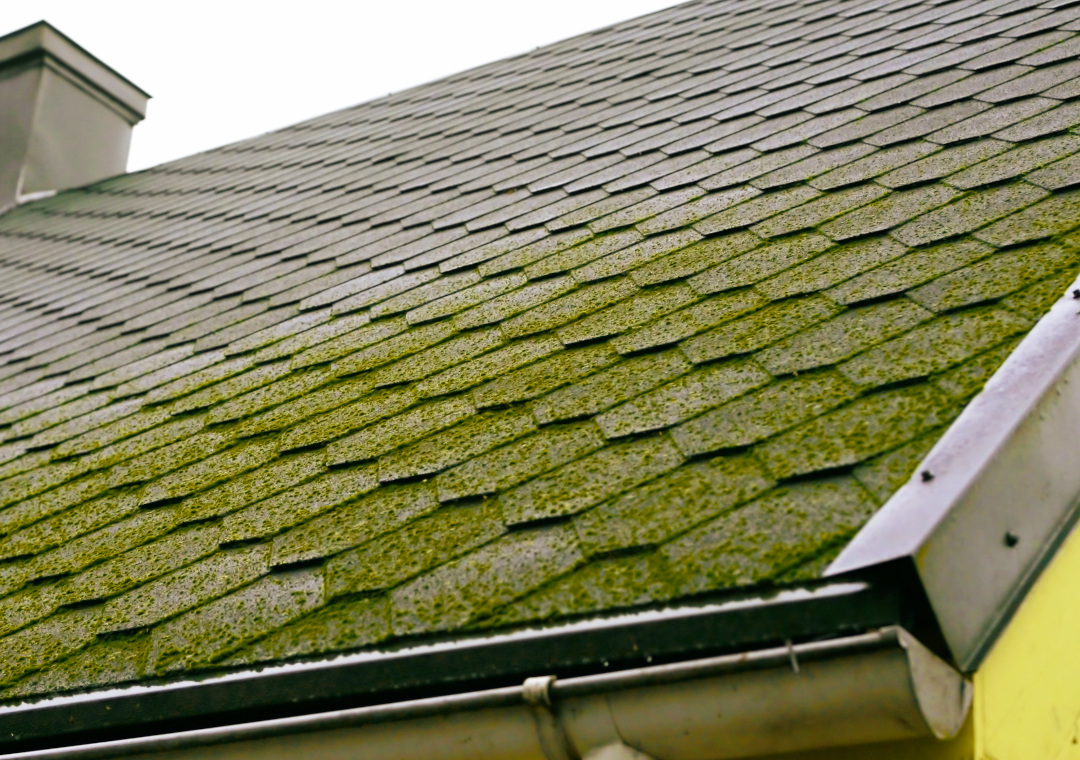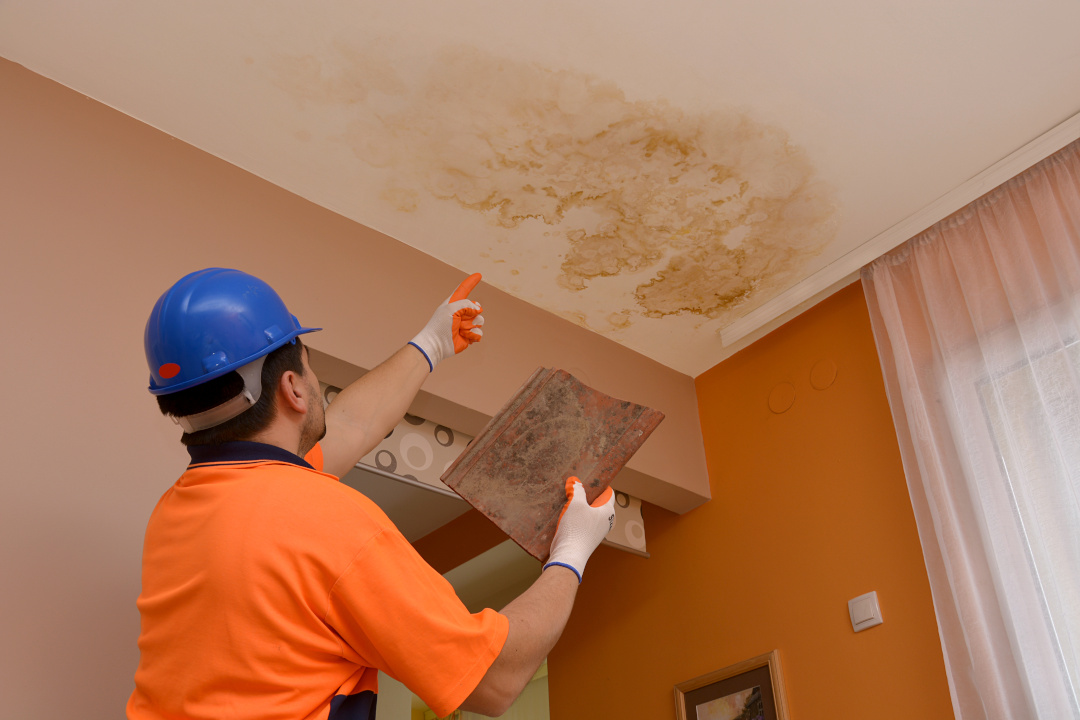
Understanding your roofing insurance policy is crucial for protecting your home and your wallet. Roofing damage, especially after storms, can be costly, and knowing what your policy covers can make all the difference when filing a claim. While insurance documents can feel overwhelming, learning how to navigate your policy will help ensure you’re fully prepared when the unexpected happens.
Key Terms to Know
Before diving into your policy, it’s important to familiarize yourself with a few key terms that will likely appear throughout the document:
1. Replacement Cost Coverage (RCC)
This type of coverage pays to replace your roof at current market prices. Essentially, the insurance company covers all the expenses for repair or replacement, except for your deductible. Most policies offer this option, making it the preferred choice for homeowners.
2. Actual Cash Value (ACV) Coverage
Unlike RCC, ACV takes into account the depreciation of your roof. This means that the insurance company will only pay what your roof is worth at the time of the claim, factoring in its age and condition. If your ten-year-old roof has depreciated significantly, you’ll be responsible for paying a larger portion of the replacement costs.
3. Deductibles
Your deductible is the amount you must pay out of pocket before your insurance kicks in. While policies with higher deductibles often have lower premiums, it’s essential to ensure you can afford to pay your deductible when filing a claim.
Understanding Your Insurance Policy’s Coverage
The first step in reading your roofing insurance policy like a pro is to understand the types of coverage it offers. Most homeowners insurance policies cover sudden and accidental damage. This includes events such as hailstorms, wind damage, fallen trees, and fire. However, normal wear and tear or poor maintenance is typically excluded.
1. Weather-Related Damage
Roofing damage caused by hail, windstorms, or the weight of snow and ice is often covered under standard homeowners insurance policies. However, there are nuances to consider. For example, some policies have specific clauses that detail the timeframe in which claims must be filed after a weather event.
2. Exclusions
Every policy will have exclusions, so it’s essential to read through these sections carefully. For example, most policies exclude damage caused by animals, insects, or faulty materials. Make sure you understand what is not covered to avoid surprises later.
3. Time Limits
Many policies impose time limits for filing claims, especially following severe weather events. It’s vital to know your policy’s time restrictions to ensure you don’t miss the opportunity to file a valid claim.
Breaking Down the Insurance Estimate
When damage occurs, your insurance company will send an adjuster to inspect the roof and provide an estimate. Understanding this document can feel like deciphering another language, but it’s important to review it thoroughly before agreeing to any repairs.
1. Scope of Work
The estimate will detail the scope of work, listing the materials needed, labor costs, and specific repairs that the insurance company is willing to cover. Review this section closely to ensure it accurately reflects the damage.
2. Line Items
Insurance estimates break down costs into individual line items. This will include everything from shingle installation to chimney flashing. Make sure all necessary repairs are accounted for. If something is missing, you or your contractor can negotiate with the insurance company to ensure fair compensation.
3. Contingencies
Often, estimates will include a contingency budget for unforeseen costs that may arise during the repair process. Make sure that this is reasonable and reflects potential complications.
4. Depreciation and RCV
One of the more complex parts of an estimate is understanding how depreciation affects the Replacement Cost Value (RCV). If you have ACV coverage, depreciation will be deducted from the payout. For example, if your roof originally cost $15,000 and has depreciated to $10,000, the insurance will only cover $10,000 minus your deductible.
Working With a Roofing Contractor
Navigating insurance claims can be challenging, but having a qualified roofing contractor on your side can make all the difference. Experienced contractors can help identify damage that the insurance adjuster may have missed and negotiate additional coverage. In some cases, contractors can even meet with the adjuster to ensure that all necessary repairs are included in the claim.
At Enterprise Roofing, we understand the complexities of roof insurance claims and are here to assist you every step of the way. Whether you’re unsure about your policy coverage or need help filing a claim, our team is ready to help you protect your home.
The Enterprise Difference
As Dayton’s trusted roofing contractor since 1926, Enterprise Roofing is committed to ensuring that your roof is restored to its full potential. With decades of experience and over 100,000 completed projects, we are here to help you navigate the insurance process with confidence.
Ready to Protect Your Home?
Don’t wait until the next storm hits. If you have questions about your roof’s condition or your insurance policy, contact us today. Our experts at Enterprise Roofing are here to help you understand your policy and ensure your home is protected. Schedule a consultation with us today!
By taking the time to understand your policy and working with professionals who have your best interest in mind, you can feel confident in your roof’s future.

Storm Chasers & Insurance Trends: What Homeowners Need to Know

Roof Moss: Best Practices for a Healthier Roof

How to Spot a Roof Leak and When To Call A Professional

When Is the Best Time to Replace Your Roof?

